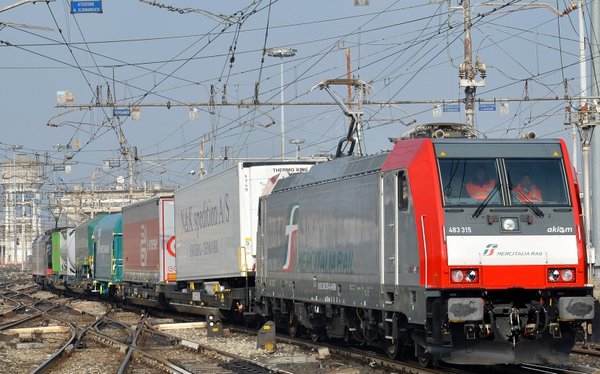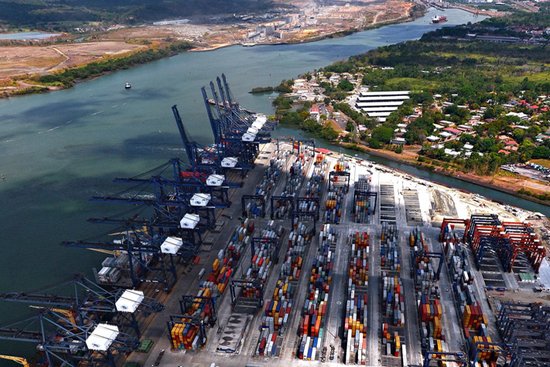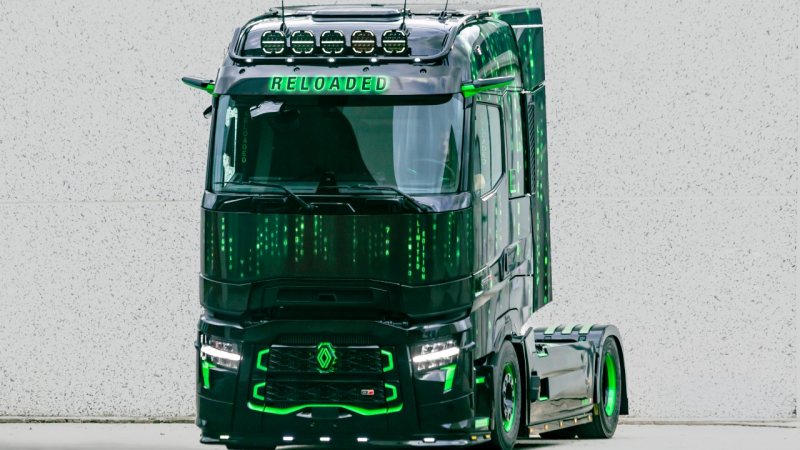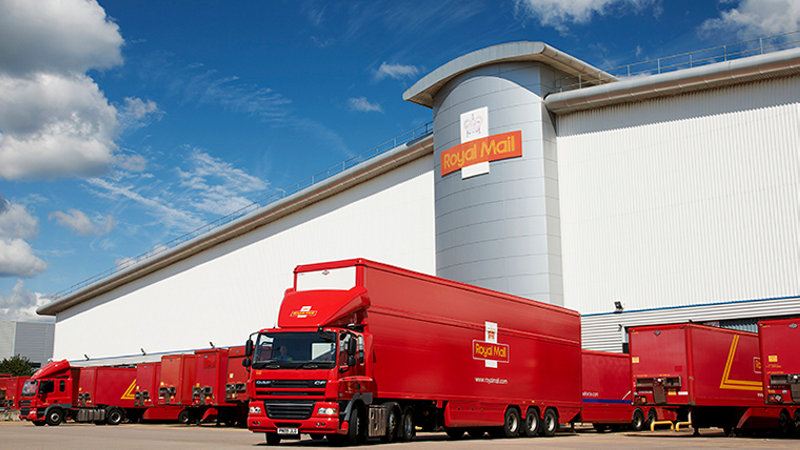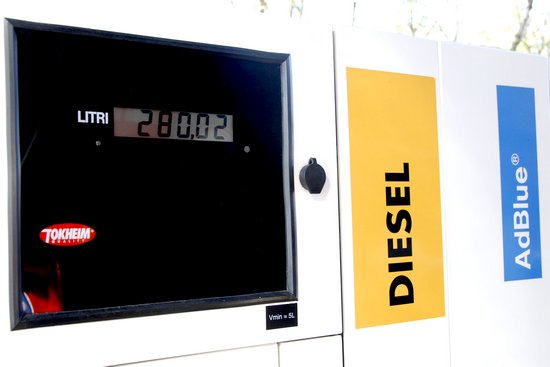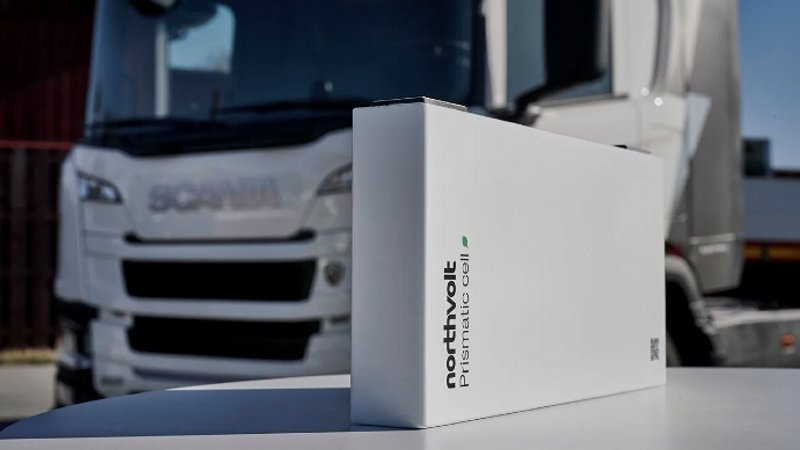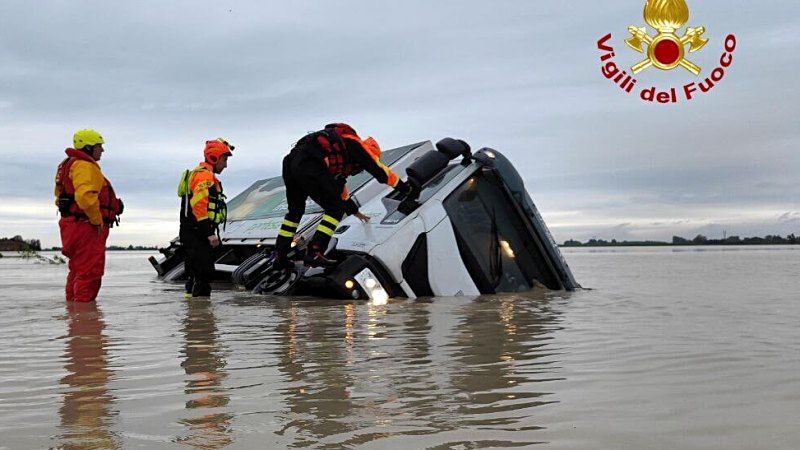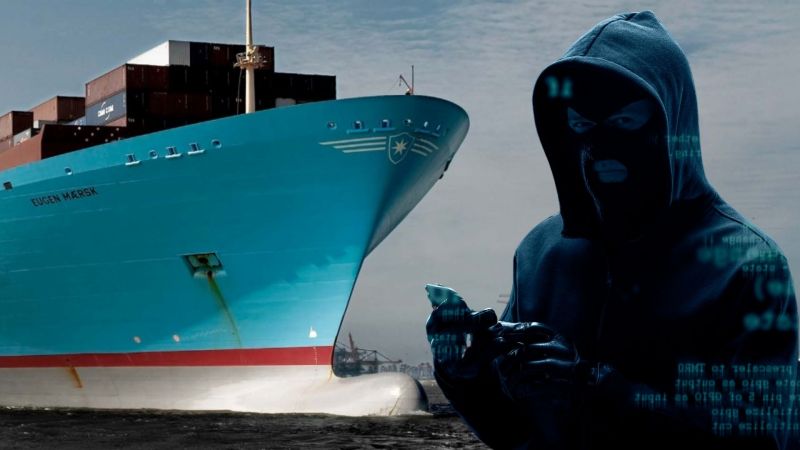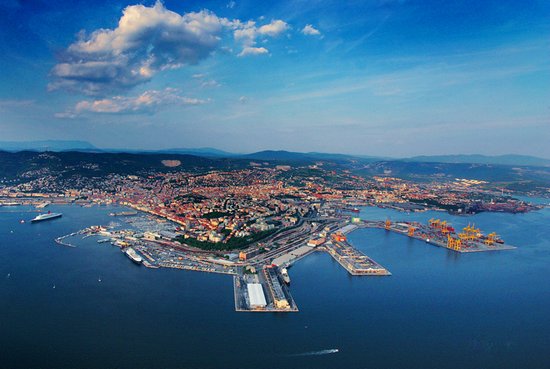After three months of closure, the international Simplon railway reopened to train traffic on September 9, 2024. Despite the Swiss punctuality with which the works were carried out—co-financed by the Swiss Confederation—the prolonged closure caused significant inconveniences, forcing freight trains to take alternative routes via Luino or Chiasso.
The construction affected several sections, both along the Gallarate-Domodossola line and the one coming from Novara. The main works, with an investment of €93 million, focused on the Arona-Premosello stretch to adjust the tunnel profiles in favor of unrestricted intermodal transport. Other projects were undertaken between Iselle and Premosello and on the Novara-Domodossola line with an additional €10 million, where at Cressa Fontaneto the crossing tracks were extended to the European standard length of 750 meters. Between Domodossola and the entrance of the Simplon tunnel, work was once again carried out on the helical tunnel located between Varzo and Iselle di Trasquera—the most critical point along the Simplon axis.
With the works completed and the railway lines reopened, one might ask if the adage "all's well that ends well" applies, given that the interventions were finalized despite the inconveniences caused. The answer cannot be entirely affirmative for several reasons. Firstly, Rete Ferroviaria Italiana (RFI) has already announced that even during the summer of 2025, the Simplon axis will again face closures and construction sites, albeit with a less impactful schedule, demonstrating that much remains to be done.
More importantly, the real issue of the corridor between Italy and Switzerland—the Varzo-Iselle helical tunnel—remains unresolved. This tunnel was constructed to gain altitude without excessively lengthening the railway route but significantly impacts operations due to its speed and track limitations. Despite this engineering solution, the ascent from Domodossola to the southern entrance of the Simplon tunnel presents gradients up to 25 per thousand.
In Switzerland, some even argue that once the Terzo Valico is completed, the Varzo helical tunnel will be the only infrastructural obstacle between Genoa and Rotterdam. While this may be somewhat exaggerated, the fact remains that despite significant works already completed or planned along the Simplon corridor, the steep gradient between Domodossola and Iselle and the bottleneck represented by the helical tunnel remain unresolved problems due to the intrinsic characteristics of the infrastructure, which have never been sufficiently addressed.
While Switzerland has decided to complete the double-tracking of the 34.6-kilometer Lötschberg base tunnel—the ideal continuation of the Simplon tunnel toward the north of the Confederation and Central Europe—in Italy, projects for railway alternatives have always remained shelved. This is justified by politicians and RFI with the shared belief that the current capacity of the line is sufficient.
Once again, Switzerland is stepping in to stir the waters. The Swiss association OuestRail, established in 2004 and propelled by the Community of Interest of the Simplon-Lötschberg line, supports participating in the Interreg Italy-Switzerland program to define the costs of the project—proposed about twenty years ago but unsuccessful so far.
In essence, to overcome both the steepness of the line and the constraints of the helical tunnel, a new route for freight trains was proposed. This route would run from the Beura-Cardezza yard (Domo II) directly to the southern entrance of the Simplon tunnel, taking a wide path through the Ossola basin to reduce the gradient. Will this be the right time? In Italy, at least until all investments linked to the National Recovery and Resilience Plan (PNRR) are completed, it's unlikely the matter will be revisited.
Piermario Curti Sacchi



